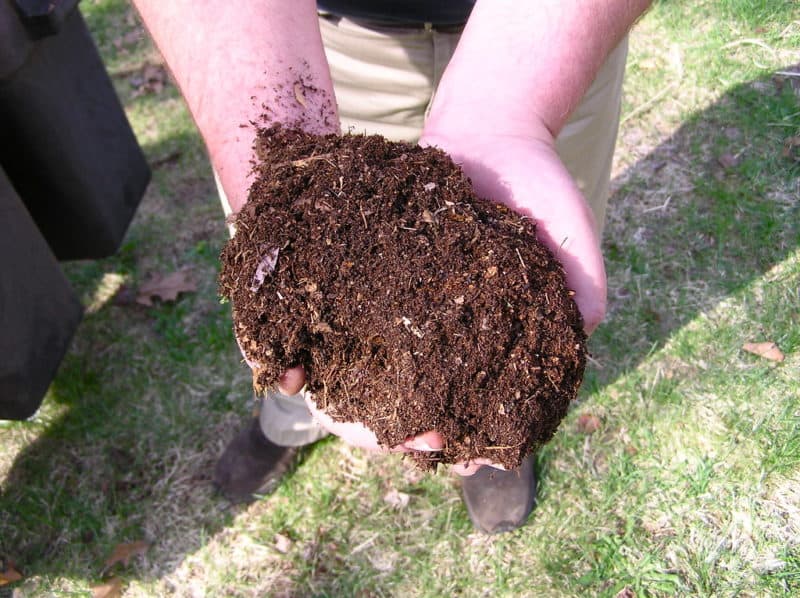If you have been gardening for very long, and especially if you are an organic gardener, you know one of the best mulches or soil amendments that you can add to your garden is natural compost. One particularly good kind of compost is created in worm bin where red worms are added to a mixture of bedding and organic waste. One of the best ways to do this is with what is called a composting bin. Here are a few tips on how to use these special bins in order to get top quality compost every time.
Throughout history, it is common knowledge that any gardeners that use dark, earthy soil as a base for their garden is going to create a healthy harvest in just a few months based upon the nutritional content and texture of the soil. If you’re soil is not so lucky as to appear in this way, one of the best ways to improve its quality, soil fertility, and also to stimulate the health of the roots of your plants that you are growing is to add vermi-composting material created in a worm bin.
Although modern technology is a mainstay for most of us including cell phones, places to live that are interconnected with civilization, and of course the Internet, this modernistic focus has led to farming means that are not natural and can damage the soil that we are using. Using commercial fertilizers and adding inorganic salt based nutrients with inorganic forms of potassium, phosphorus, and nitrogen, are ways that most commercial farmers ensure that their crops will grow. This practice has been shown to create runoff with excessive salts and nutrient depleted soils.
With this in mind, it is probably time based upon the amazing amount of organic waste that our modern society produces that we find a way to take all of this back to the farms and our own homes and start creating food that is better for us and more nutritious on not only an individual scale but a global scale. One of these ways is educating people on the use of composting.
They are actually very easy to acquire and also economical. Within the soil itself, you would add worms but these are not the only organisms that will be in the dirt aiding the composting process. Organisms such as worms are helps by fungi, bacteria, mites, arthropods, and even insects that will love to live in this dark, moist habitat. The breaking down of organic waste will be accentuated and what will be left is a soil that is light, crumbly and moist and ready to interject into the soil that you currently have.
If you live near a large growth of trees, you can use the leaves as long as you shred them to a size that will compost very quickly. These will provide a natural source of carbon that the worms it is need in the bedding of the soil in order to do their job. Make sure that you do not use live oak trees or even magnolia trees because of the acidic value with in this carbon base that can be poisonous to the worms. If the worms die, so does your composting process.
One other thing to consider with composting bins is where you put the organic material for the worms and how far the worms should be beneath the soil compost mixture when you start out. As a rule of thumb, and most average compost containers, you should place a bout a thousand worms or 1 pound of worms about 6-8 inches beneath the soil, place your organic material on top, and then place the lid on top of the container to begin the process. After a period of two to three days depending upon how many worms you started with and also the amount of organic material that they have to process, this should be a fine start toward the creation of your compost as well as a great breeding environment for your worms.
Although this is common sense, but the more worms you have the better and the more compost you will inevitably make. By taking the profits that you will receive from selling excess worms or possibly excess compost, you can then invest into another container and start the whole process over again with no additional out-of-pocket expense.







